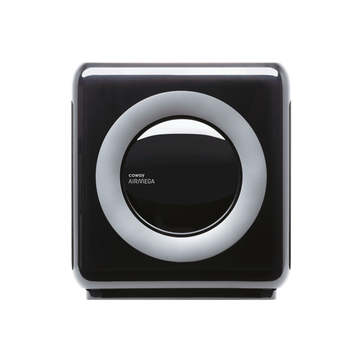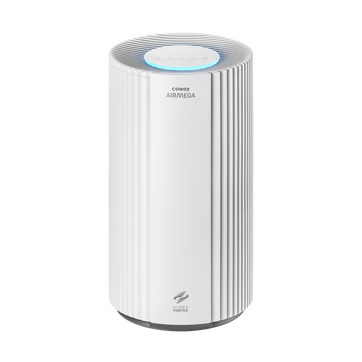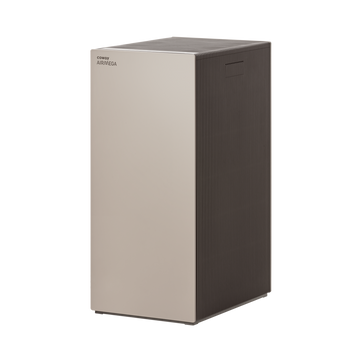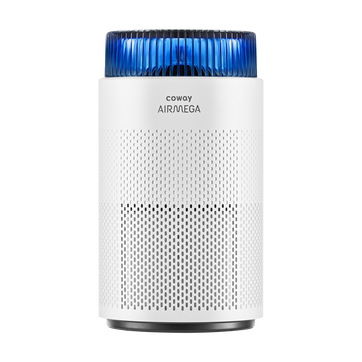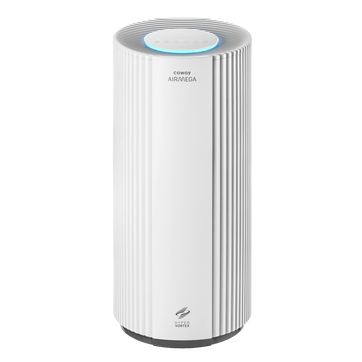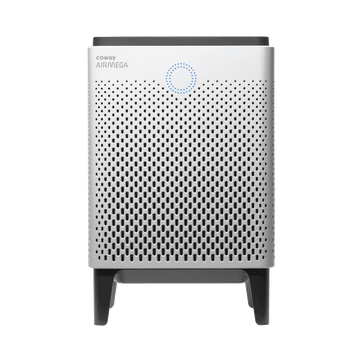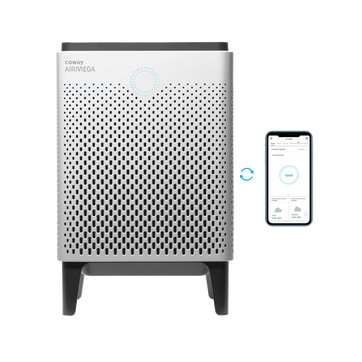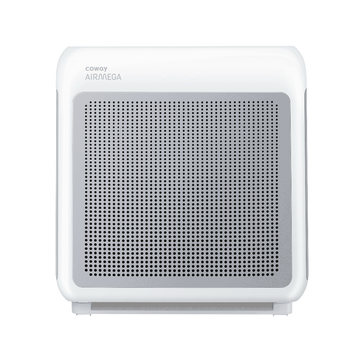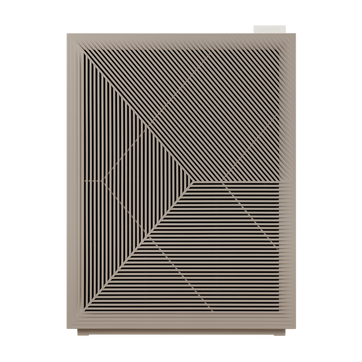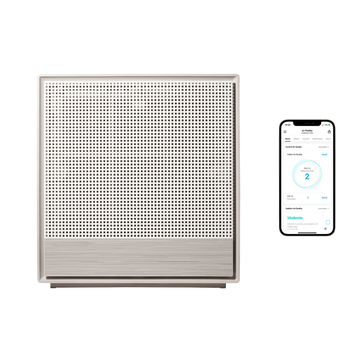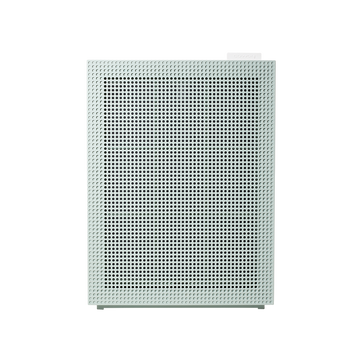
Is your air quality better than your neighbor’s?
Ever wonder how much air quality can differ from one neighborhood in your area to another? According to a new study by researchers at the University of Southern California (USC), the answer is a lot. Using a model based on artificial intelligence techniques, regional air quality readings and information about local geography, they measured very fine particulate matter in more than 250 Los Angeles neighborhoods and communities. Their findings: air pollution levels differ dramatically across various areas in the county.
The study
The research, conducted by Crosstown, a joint project of several departments at USC, tracked measurements of very fine particulate matter. Breathing such tiny particles, which generally are emitted from vehicles and power plants, has been linked to everything from high rates of asthma and higher blood pressure to dementia. Specifically, researchers analyzed how many times fine particulate matter levels entered an unhealthy range for people, such as asthma sufferers and the elderly, who are especially sensitive to air quality.
Researchers analyzed hourly particulate matter levels in 251 neighborhoods across L.A. County between November 2016 and October 2017. The data was then converted into the Air Quality Index, a scale created by the Environmental Protection Agency (EPA) to track healthy air levels.
The methodology
The Crosstown methodology aggregates hyperlocal air quality predictions from an artificial intelligence model developed by the Spatial Sciences Institute. It takes hourly readings of atmospheric particulate matter levels from the 12 reporting sites of the EPA and the South Coast Air Quality Management District located throughout L.A. County. That information is then run through a data mining engine, which accounts for the surrounding geographic context of every area in LA County, as well as information about factors such as road types.
The conclusion
Researchers learned that air pollution in certain neighborhoods was significantly higher than in others. The levels in Chinatown, for example, were in a range considered unhealthy for sensitive groups at a whopping 147 times during the year studied. The area with the most hours of healthy air was Altadena, at the foot of the San Gabriel Mountains.
What you can do
No matter where you live, it’s a good idea to pay attention to your local Air Quality Index and try to stay inside as much as you can if it’s high. To keep indoor air quality levels healthy, install a smart air purifier, like Coway Airmega, that can help eliminate the amount of particulate matter you might be breathing.
Disclaimers
1Coway air purifiers have been proven to trap dust, pollen, dander, viruses and bacteria in the air based on KCL (Korea Conformity Laboratories) testing.They have been tested in a 30㎥ size chamber according to the Korea Air Cleaning Association standard (SPS-KACA 002-132:2022 Modified) to measure the 0.01㎛ size of particle removal rate. It was tested on maximum airflow speed in normal room temperature and humidity conditions. The performance may vary in the actual living environment of customers.
→ Tested with Airmega Aim, 50, 100, 150, 160, Tower AP-1216L, Mighty AP-1512HH, MightyS AP-1512HHS, 200M, Icon, IconS, 230, 240, 250, 250 Art, 250S, 300, 300S, 350, 400, 400S, 450, ProX
299.97% of viruses, bacteria, fungi and pollen were verified to be removed from the air for Coway air purifiers which have Green True HEPA™ filter applied based on the Japan Food Research Laboratories(JFRL) testing according to JEM 1467 standard.
→ Tested with Coway Airmega Mighty AP-1512HH, MightyS AP-1512HHS, 250, 250 Art, 250S, 300, 300S, 400, 400S
→ All tested by JFRL and received above result within below time.
4The concentration of ammonia, acetaldehyde and acetic acid were proven to be removed within 30 minutes by FCG Research Institute, Inc. Human Life Science Lab. It is not a demonstration result in the actual use space. Not all odors and gases may be supported. → Tested with Coway Airmega 150, 160, Mighty AP-1512HH, MightyS AP-1512HHS, 400, 400S
5The coverage area of the air purifier is based on an area where the air cleaner can make two air changes per hour (ACPH). An air change per hour translates to how many times an air purifier can clean an area, assuming the height of a ceiling to be 8 ft, in one hour. Therefore ** means two air changes per hour means that the cleaner can clean the area once every 30 minutes and * means air changes per hour means that the air purifier can clean the area once every 60 minutes.
10Terms and conditions apply. Discounts, including promotions, coupons, bundle discount and subscription discount, cannot be stacked on top of other coupons. During promotional periods, discount codes will not be able to be applied to orders. Promo codes may apply to products only—filters, accessories, and new products within 3 months of the release date are not included.
11Based on Coway R&D internal laboratory testing, activated carbon filtration was shown to remove up to 95% of ammonia odors within 40 minutes, and up to 99% of fecal odors within 20 minutes. Actual performance may vary depending on usage conditions.

